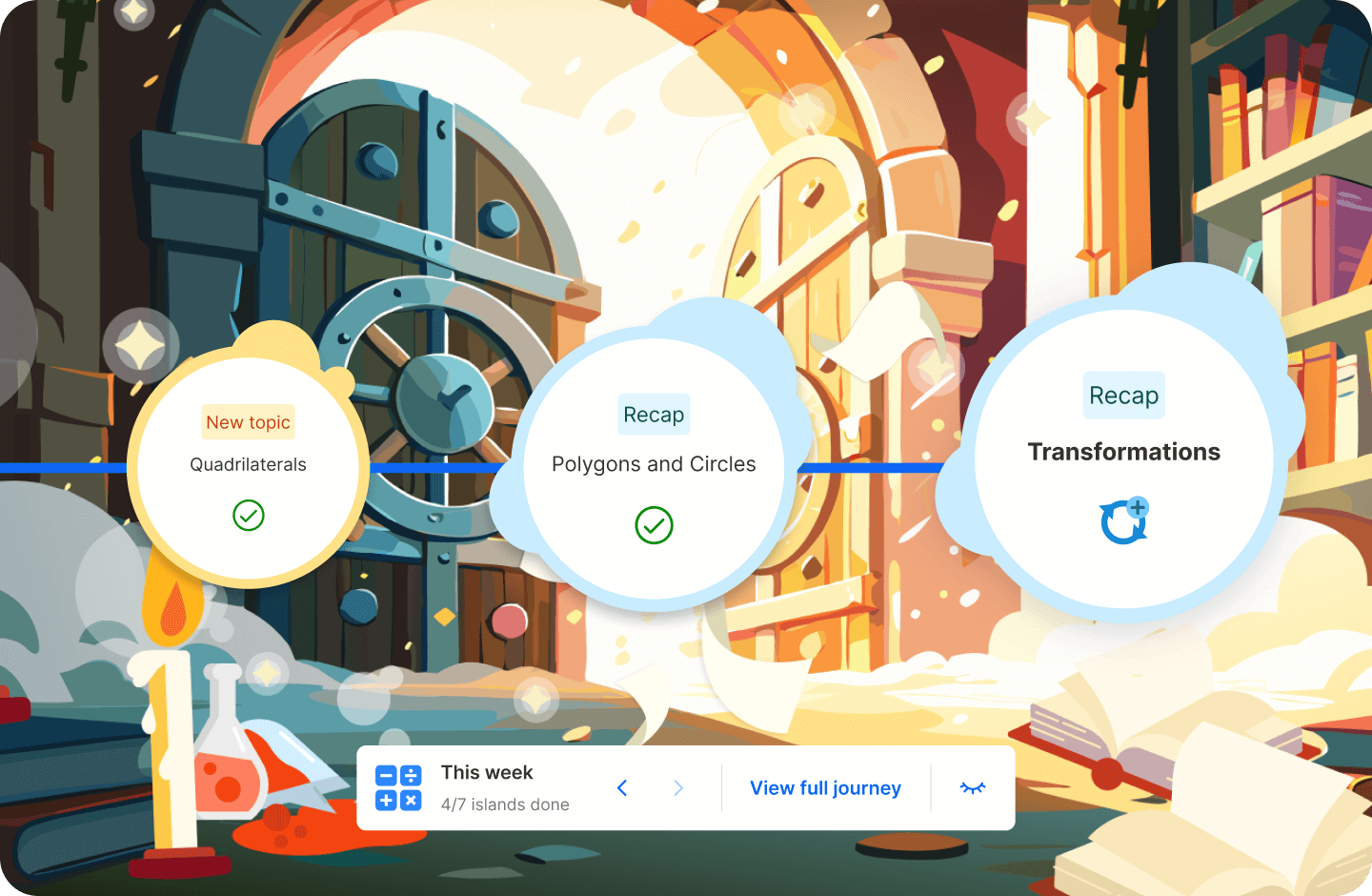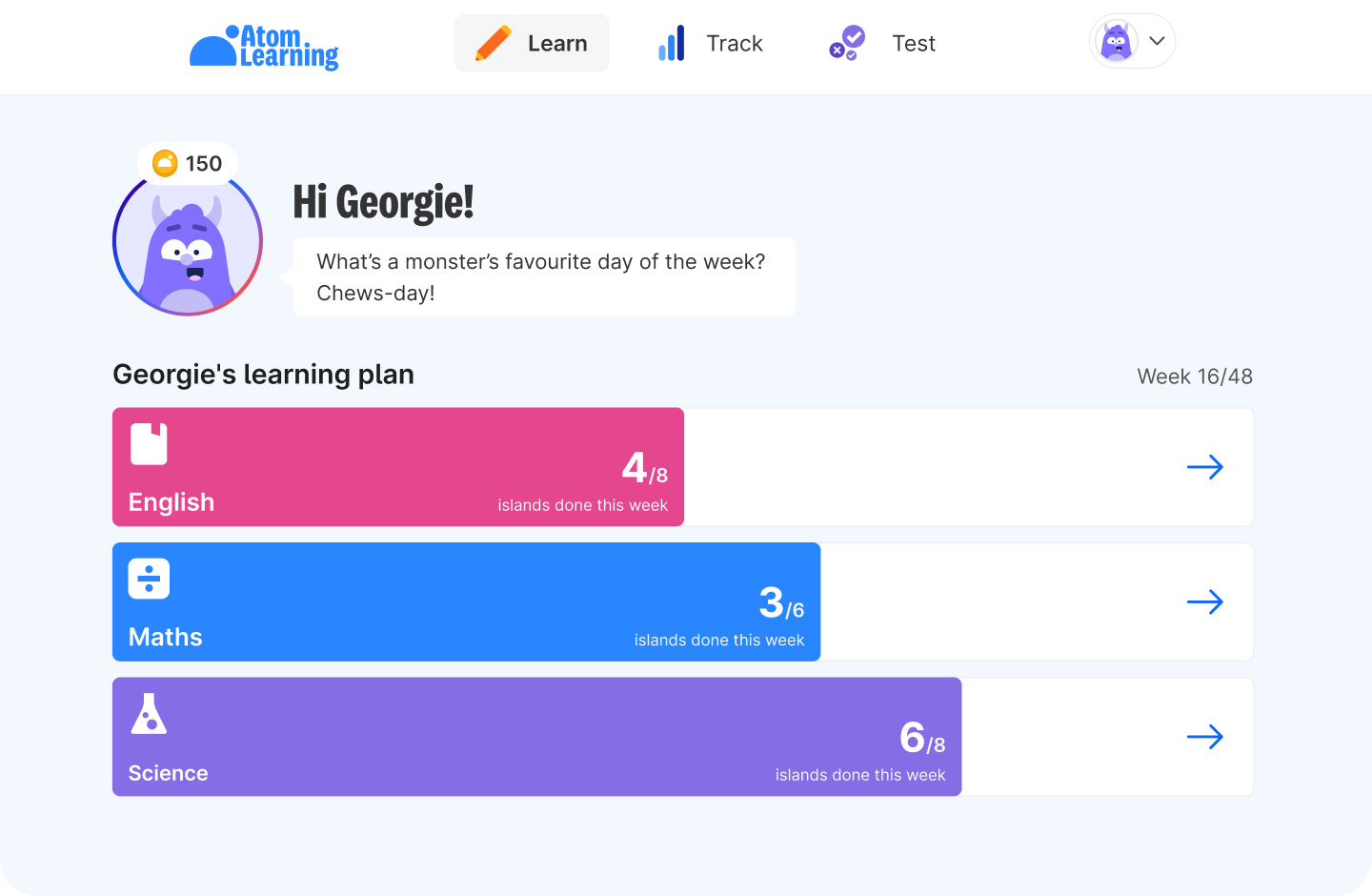Has your child been diagnosed with ADHD? Zara explains how your child’s school can help, and what support you can put in place at home.
Zara Carey is a maths teacher and Special Educational Needs Coordinator. She consults and writes on inclusion, fair access to the curriculum, and supporting learners with additional needs to reach their potential.
If my child has ADHD, what treatment is best?
If your child has ADHD, their treatment should be planned by a specialist clinician (a paediatrician or child psychiatrist). This may involve therapeutic support, medication, or a combination of both.
The professionals involved in your child’s care should discuss the rationale for any treatment and explain to you what effect it might have. You may also be invited to join parent groups and parent training opportunities to help you support your child.
What ADHD support can I get from my child’s school?
If your child has received a diagnosis, or you think they might have ADHD, it’s a good idea to talk to their teacher and Special Educational Needs Co-ordinator (SENCo). A full investigation will require the support of your GP. However, your child's teacher and SENCo will be able to implement strategies to help them learn and interact more easily. They should report back to you with the effectiveness of any strategies, so you can share the results with your GP if they do a ‘watch and wait’ observation period.
If your child receives a diagnosis of ADHD, they will be added to the special educational needs register. They should receive a tailored plan of support which could involve:
- in-class adaptations
- targeted sessions outside of class
- specialist support from external professionals
- all of the above

In-class adaptations
Here are some examples of adaptations which your child’s school could put in place in the classroom.
Routine and directions
- Creating a clear, consistent structure for each day
- Setting a consistent seating plan for all lessons
- Ensuring that learning points and tasks are a suitable length. This includes making sure the child knows how long they have to complete them and has access to a watch or clock
- Giving clear simple directions, written down where possible
- Allowing time for whole class movement breaks or stretches between long tasks or learning points
Environment
- Sitting the child away from distractions and near students who find it easier to focus (but not to the detriment of that student’s learning)
- Creating a low-arousal space in the room where children can go if they are feeling overwhelmed, stressed or inattentive
- Offering the child a ‘wobbly cushion’ or ‘fidgety feet’ to help them use excess energy (in consultation with your child’s clinician or occupational therapist). Fidget toys should be avoided
- Providing noise-cancelling headphones for longer, independent tasks. The efficacy of this should be weighed up carefully against any embarrassment and the social implications of the child looking like they are excluding themselves from the class
Behaviour
- Commenting on expected behaviours (“Joe is sitting nicely”, “Bhavna has tidied all her pencils away”)
- Having clear expectations and a clear and consistent response to unexpected behaviours
- Recording unexpected behaviour for the benefit of the teacher, parent(s) and SENCo
Targeted sessions
These are examples of actions and techniques your child might implement if they have some support from a teaching assistant.
- Creating equipment or task checklists to help the child structure their thinking. These checklists may be removed when the child begins to demonstrate that they can organise the task independently
- Using a visual timeline of the day or a ‘now and next’ board to help the child prepare for the next phase
- Using a visual time prompt. This could be a small sand timer, silent stopwatch, or simply the child’s own watch or the class clock
- Taking note of times of the day the child finds challenging, and planning around these
- Using a self-regulation tool, such as Zones of Regulation. This can help the child transition out of periods of stress, frustration, and distraction
- Exploring what motivates the child and using their motivations to support them to maintain attention
- Giving the child reminders when they are part way through a task (‘five minutes left!’). It can also help to organise a reward system, such as a sticker book, for the timely completion of tasks to a good standard
- Taking the child out for a movement break if needed
- Not over-supporting to ensure the child develops their independence over time
Specialist support
If your child has ADHD they may receive specialist support, in or outside of school. Access will depend on the funding available from your local authority, but you can also seek support privately.
Examples of specialist support include:
- Counsellors
- Art therapists
- Occupational therapists
- Physiotherapists
- Educational psychologists
The lists above covers many different areas of need within ADHD. Your child will only need some of these adaptations and interventions, depending on the difficulties they experience.
Adaptations and interventions should be chosen carefully to support your child’s access to the curriculum and provide meaningful learning experiences. If a child is flooded with too many tools and interventions, they can lose independence and become overwhelmed by all the different adults and structures.

How can I support my child at home?
Praise and patience
The first, most important way to support your child at home is to give them lots of praise, love and encouragement. Children with ADHD can often be misperceived as ‘annoying’, ‘naughty’, ‘rude’ or ‘not listening’. During the course of the day this may lead to negative interactions which can damage their self-esteem.
We all know that parenting is hard! It’s impossible to be infinitely patient with our children. If you can try to keep in mind that your child can't help it when they interrupt you, or climb that wall, or take an hour to finish seemingly simple homework, then you will be doing an excellent job.
Behaviour
Brief your friends and family on your child’s ADHD so they too can exercise patience and interpret behaviours within the context of your child’s difficulties. This will minimise negative interactions with adults.
That said, unexpected or poor behaviours should not be ignored. In most cases it's better to give your child ‘time out’ to breathe and calm down, then explain to them what was unexpected about the behaviour. However, it’s important to have a clear and distinguished strategy for behaviours which endanger your child or others, and treat them more seriously and firmly.
Reward and praise good behaviour and good concentration. You may want to design a reward chart with stickers, accumulating in a prize or a treat. These incentives are proven to work extremely well for children with ADHD.
Daily adaptations
Many of the helpful adaptations you can make at home mirror the adaptations that might be made in school. It will be particularly helpful for your child if they have similar routines and structures, and use the same language (e.g. ‘four down, two to go!’) at both home and school.
Some examples of ways to introduce daily adaptations at home include:
- Set clear and consistent routines for getting ready for school, meal times, getting ready for bed, when and where they do their homework etc.
- Where possible, have a specific place for everything so your child can independently find their things or pack their bag
- Give lots of warnings and reminders if something is time-sensitive. As much as possible, give your child a timeframe to complete tasks like getting dressed or getting ready for bed
- Ensure your child has a watch and there are clocks around the house. Preferably, adults should also check the time using these clocks, rather than mobile phones
- Create equipment or task checklists to help your child structure their thinking. Remove the checklists when they begin to demonstrate that they can organise themselves independently
- Have a family calendar on display so your child has a way to visualise events and tasks which are coming up
- Give clear simple directions and be patient when your child doesn’t follow them exactly or gets waylaid
Screen time
Every parent will have their own views and routines when it comes to screen time. There are a couple of important things to note about children with ADHD.
Screen activities which involve short bursts of focus can be detrimental to your child’s ability to concentrate. For example, it's not advisable to let them ‘flick’ through short YouTube clips, or watch TikTok videos or play games which have one minute ‘rounds’.
However, watching a feature length, age-appropriate film can be beneficial for your child. This can help them improve their concept of sequencing, understand what makes a good story and character development, and enable them to enjoy sustained down time.

Following interests
It’s a good idea to explore your child's interests to find activities they can concentrate on for longer periods.
Many children with ADHD find it easier to concentrate on more physical activities. For example, a game of football requires them to make micro-decisions which keep them occupied, while a Lego or K’nex game enables them to work towards a visually satisfying end-result to show to friends and family.
Children with ADHD are also often very excited by things they like, which is a joy to see. If your child likes dinosaurs, you could use that interest to explore different areas of learning: what habitats did they live in? How did they become extinct? What is climate change? What did they eat? What are carnivores and herbivores? Share any interests with your child’s teacher and teaching assistant, so they can bring in these interests where possible at school.
As their parent, you are your child’s most important support if they have ADHD. Boost their self-esteem and remind them of their strengths and positive traits. This will ensure they are happy and confident, and have the resilience to manage their difficulties.
Interested in how technology can help children with special educational needs and disabilities? Learn more here.


